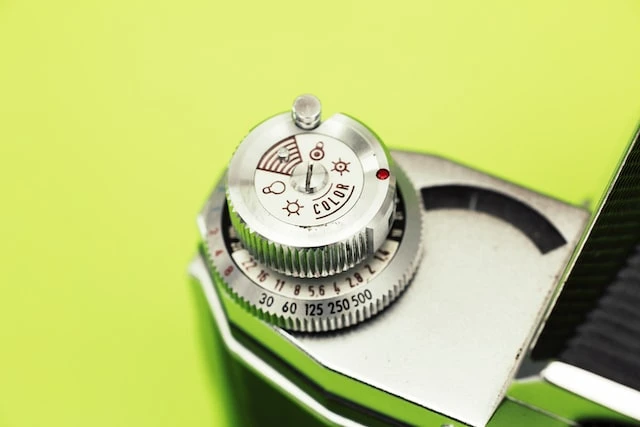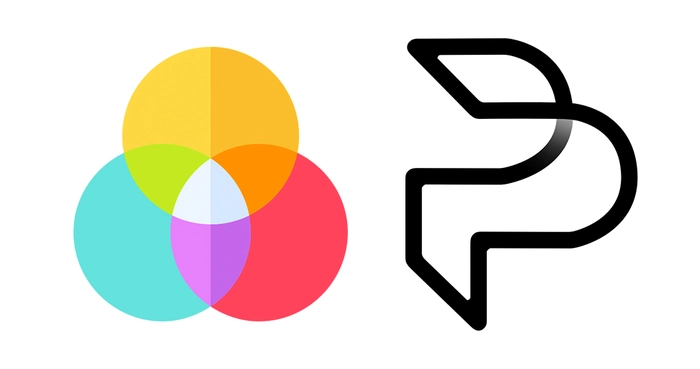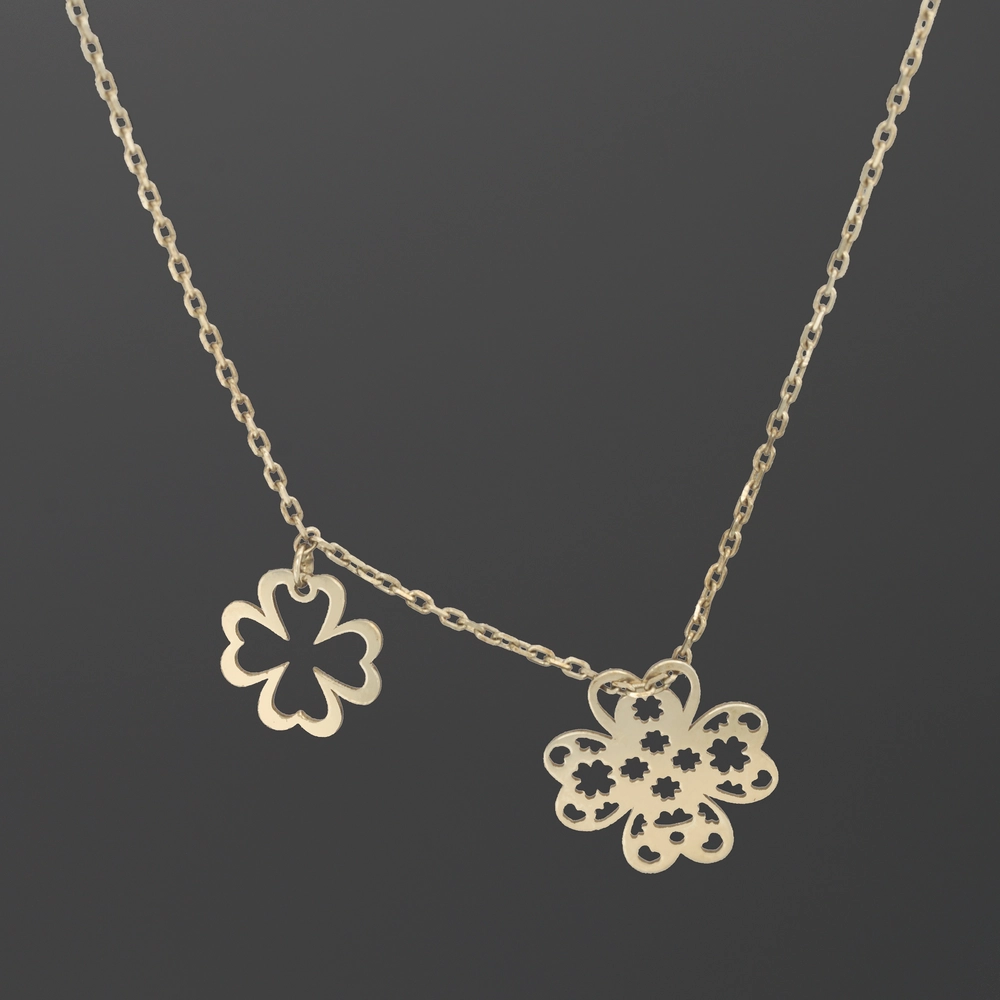10 Pro Product Photography Best Fundamentals
Product photography is a crucial aspect of any business that relies on visual representation of their products. Whether you’re an e-commerce store, a brick-and-mortar retailer, or an online marketplace, the quality of your product images will have a direct impact on your sales and conversions. In this article, we’ll share 10 pro tips that will help you take your product photography to the next level.
1. Invest in the right equipment
The first step to stunning product photography is having the right equipment. While you don’t need the most expensive camera and lenses, you do need equipment that will give you the flexibility and control you need to capture the perfect shot. For beginners, a DSLR camera with a 50mm lens is a great place to start. As you become more experienced, you can explore other lenses and accessories, such as a tripod, remote shutter release, or a diffuser.


2. Master lighting techniques
Lighting is one of the most important elements of product photography. The right lighting can make a product look more appealing and professional, while poor lighting can make it look dull and unappealing. To master lighting techniques, you need to understand the different types of lighting and how they affect the final image. For example, using natural light can create a warm and inviting atmosphere, while using artificial light can create a more dramatic and moody image. When using artificial light, you can use a lightbox or reflectors to control the light and create a more professional look.
3. Pay attention to composition
Composition is the art of arranging elements in a photograph to create a visually pleasing image. To create a stunning product image, you should pay attention to the principles of composition. One popular principle is the rule of thirds. This principle states that an image is most pleasing when the subject is placed at one of the intersections of a grid of thirds. Another important principle is leading lines, which can be used to guide the viewer’s eye through the image.


4. Experiment with different angles
When taking product photos, most people tend to photograph their products from the same angle. However, experimenting with different angles can add more interest and creativity to the image. For example, taking a photo of a product from a low angle can make it appear larger and more powerful, while taking a photo from a high angle can make it appear smaller and more delicate. Experimenting with different angles can also help you to find the most visually interesting angle for your product.
5. Use post-processing software
Composition is the art of arranging elements in a photograph to create a visually pleasing image. To create a stunning product image, you should pay attention to the principles of composition. One popular principle is the rule of thirds. This principle states that an image is most pleasing when the subject is placed at one of the intersections of a grid of thirds. Another important principle is leading lines, which can be used to guide the viewer’s eye through the image. Learn more about Photoshop from The National Association of Photoshop Professionals


6. Create a consistent style
Having a consistent style across all your product images can help to create a cohesive look for your business. This means that you should use similar lighting, composition, and editing techniques for all your product images. It also means that you should use similar backgrounds and props to create a consistent look. By having a consistent style, your product images will be instantly recognizable and will help to build trust with your customers.
7. Use props and backgrounds
Props and backgrounds can be used to enhance a product image and make it more visually interesting. For example, using a simple white background can create a clean and modern look, while using a natural background can create a more rustic or organic feel. Props can also be used to create a sense of scale or to add context to the product. For example, if you’re selling a piece of jewelry, you might want to photograph it on a model to show how it would look when worn.


8. Plan ahead
Planning and preparation are key to taking great product photos. Before you start taking photos, you should create a shot list that lists all the products you need to photograph and the different angles and setups you want to use. You should also prepare the products by cleaning them, styling them, and making sure they’re in good condition. By planning ahead, you’ll be able to take great product photos in a shorter amount of time.
9. Take advantage of artificial lighting
Artificial lighting can also be a great source of light for product photography. It allows you to control the amount and direction of light, which can help you to create a more dramatic and moody image. Additionally, you can use different colored gels to create different effects and to match the color temperature of your product. Artificial lighting can also be used to provide a constant light source and to overcome the limitations of natural light. You can use a variety of artificial lighting setups like continuous lights, strobes or flash, to achieve different results in your product photography. Remember to practice and experiment with different lighting setups to find what works best for your products.


10. Practice, practice, practice
Practice is key to mastering product photography. The more you practice, the more you’ll learn about lighting, composition, and editing. You should also experiment with different angles, backgrounds, and props to find what works best for your products. The more you practice, the more confident you’ll become with your skills, and the better your product images will become.
BONUS TIP: Take into account specific platform requirements
When creating product images, it is important to consider the platform you will be using to display them. For example, if you are uploading images to Amazon, you need to make sure they meet the requirements set by the platform, such as size, background color, and resolution. Similarly, if you are creating images for Instagram, you need to make sure they are optimized for mobile and square format. Learn more about Photography from The Association of Photographers

Conclusion
Product photography is a crucial aspect of any business that relies on visual representation of their products. By following the tips outlined in this article, you can take your product photography to the next level. Remember to invest in the right equipment, master lighting techniques, pay attention to composition, experiment with different angles, and use post-processing software. Additionally, create a consistent style, use props and backgrounds, plan ahead, take advantage of natural light, practice, and take into account specific platform requirements when creating product images. With a little time and effort, you can create stunning product images that will help you to stand out from the competition and increase your sales.





